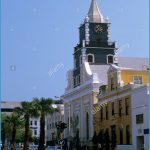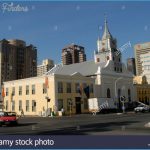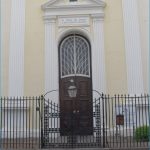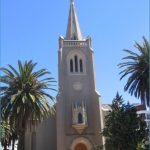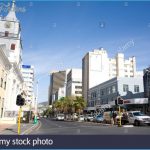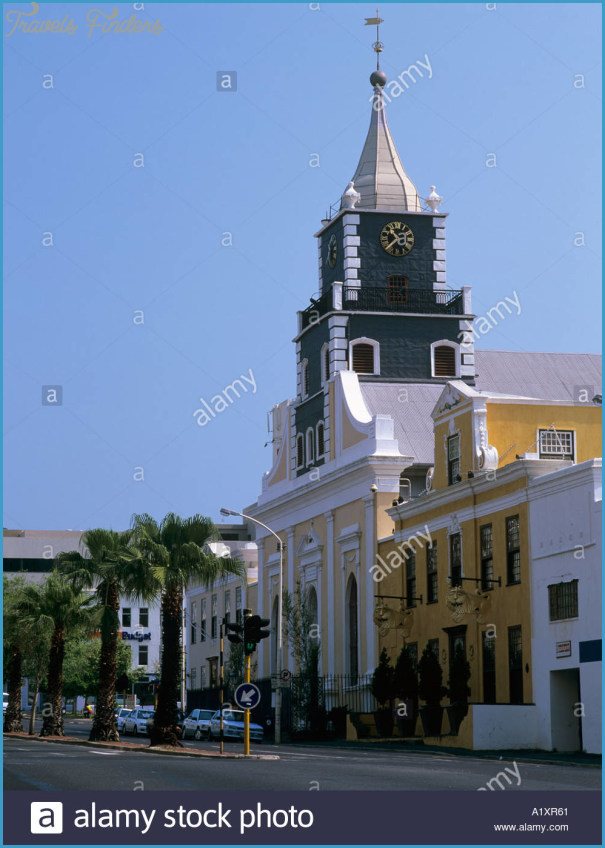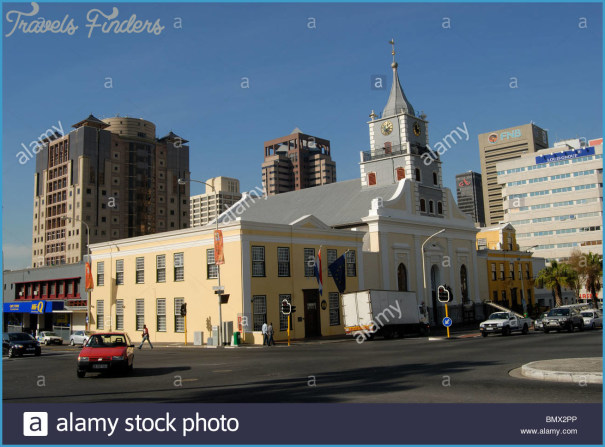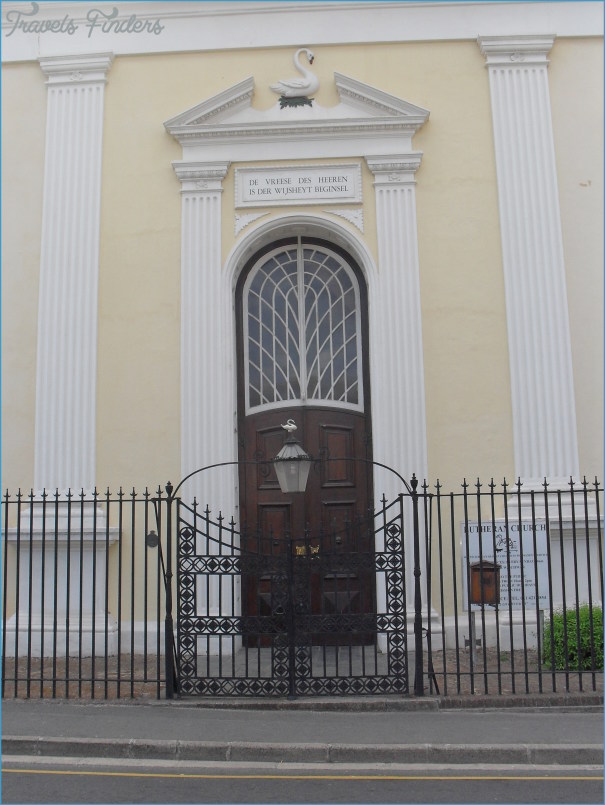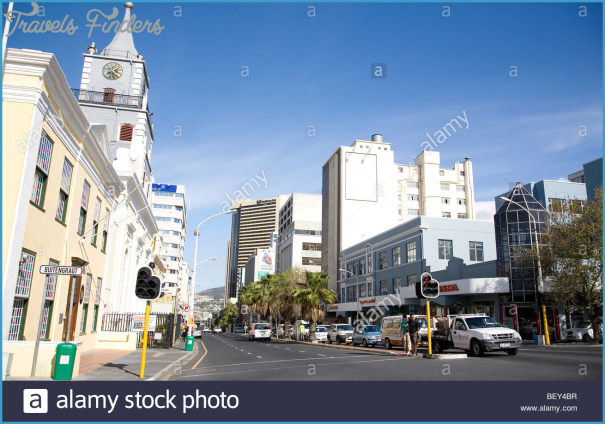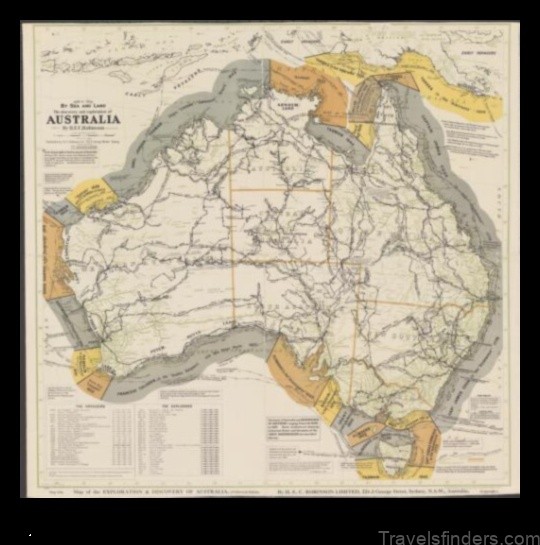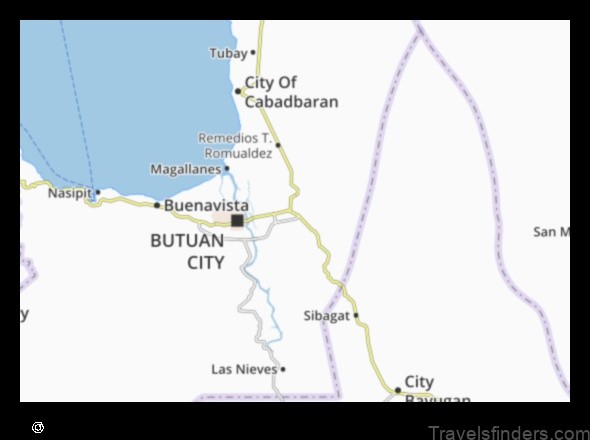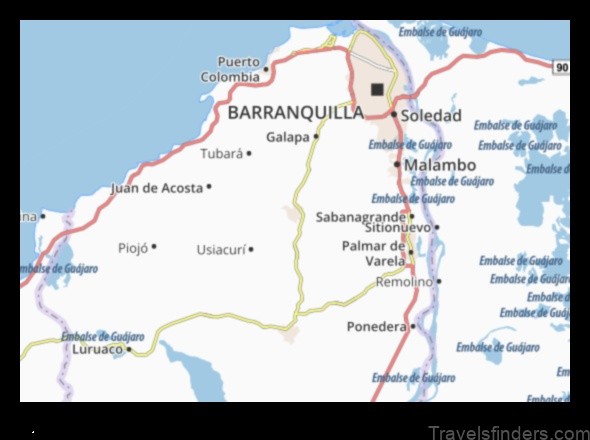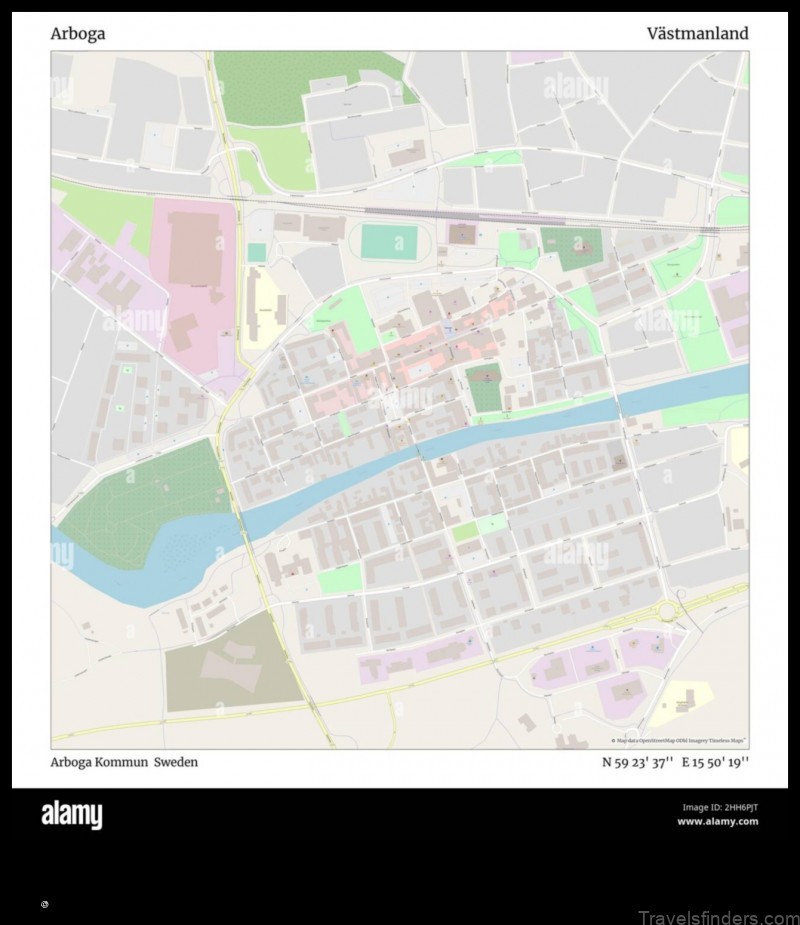The King David relief, on the organ loft – beneath which you enter the building from Strand Street – is the earliest example of Anton Anreith’s work in the church. you get a bit of a shock when you enter this church from noisy Strand Street. From the pavement at its entrance to the dark-stained floorboards within, there’s very little in it that’s not original. It has an air of antiquity about it, fortified by centuries of polish. Within, it’s just wood and pale paint, only the vestry is a golden yellow, its walls from floor to dado covered in faux marbling. All the detail is in the remarkable carvings by 18th-century sculptor, Anton Anreith.
EVANGELICAL LUTHERAN CHURCH Strand Street Cape Town Photo Gallery
In the early days of the colony, the Dutch East India Company only recognized the Dutch Reformed Church. There was no religious freedom and neither Christians of other denominations, nor anybody else, were permitted to conduct services according to their faith. Petitions to the Lords Seventeen by locals who were Lutherans for permission to erect their own church and provide for the services of their own minister came to nothing. In the middle of the 18th century, Ryk Tulbagh, one of the colony’s most popular governors, upheld this rule, yet during his regime, Martin Melck, a member of the Lutheran Church and one of its strongest supporters, succeeded in establishing, on the sly, a place for worship from which this church would eventually be constructed.
Melck, who had come to the Cape in 1746, became one of the richest and most influential farmers in the colony. He acquired plots in fashionable Sea Street and here, in 1774, he erected a building that he ‘knocked up in the taste of a warehouse – in fact a barrel-vaulted hall -that, in 1776, he transferred to the Lutheran congregation to use for their services. In 1779, the Lutherans finally got the go-ahead to establish their own church, and between 1787 and 1792 the hall was transformed by Anton Anreith, who redesigned the facade and carved the magnificent wooden sculptures inside – in particular the pulpit figures, today one of the treasures of the city. In essence, that original warehouse-like form survives, although now ornamented around the walls with rows of wooden pilasters, tall, mullioned Gothic-arched windows and stinkwood and yellowwood-panelled galleries, one down each side.
The pulpit, the church’s masterpiece, is ornamented with delicious baroque carvings: supported by two life-sized figures of Hercules, each one carrying on his back one of the two front corners of the pulpit, his head and neck bent forward in that pose, employed across Europe in many baroque buildings, to support a balcony or a door case. Behind, massive growling mastiffs support the weight of the back of the pulpit, while underneath it, in the dark, is a recumbent lion that looks as if it was intended for some other position. In 1786, funds were provided ‘to buy a slave to keep the pulpit clean. ’
The King David relief on the organ loft is also Anreith’s; it was executed in plaster, while the supporting cherubs are of gilded wood. The vestry door, once gilded, is also thought to be Anreith’s, as is the monument to Martin Melck on the wall to the left of the pulpit. Anreith’s lectern, the same date as the pulpit, is characterized by its harp shape and a sculpted swan. A swan, the symbol of Lutheranism, also appears on top of the pulpit’s canopy.
In 1810, Hermann Schutte did some additional work on the building. The organ was installed, Anreith’s facade was changed and the clock tower was added. Since then, not much has happened here.
The interior is largely intact. This is a view from the pulpit towards the organ loft. The pulpit, the real masterpiece here, incorporates Anreith ’s highest achievement of sculpture in wood.
The pulpit box beneath the rococo canopy is adorned with the winged heads of four smiling cherubs, while a fifth is depicted full-length, supporting the lectern on its head. Behind it is the entrance to the vestry.
Hercules, his head lowered as he strains to hold up the structure’s bulk, is one of a pair of statues on the pulpit’s two front corners. These figures signify the power of faith.
Beyond the mastiff growling at the rear of the pulpit, the vestry door is also the work of Anreith. The detail of the door itself was once gilded.
The swan, one of the emblems of Luther and Lutheranism, occurs throughout the church, including on its fagade, and on that of the Martin Melck House next door, as well as here, surmounting the pulpit.
From the pulpit, the interior seems to retain the simple shape of the warehouse that it once was. In the background are the organ loft and the front door. Down the sides, the panelling of the galleries is made of stinkwood and yellowwood.

